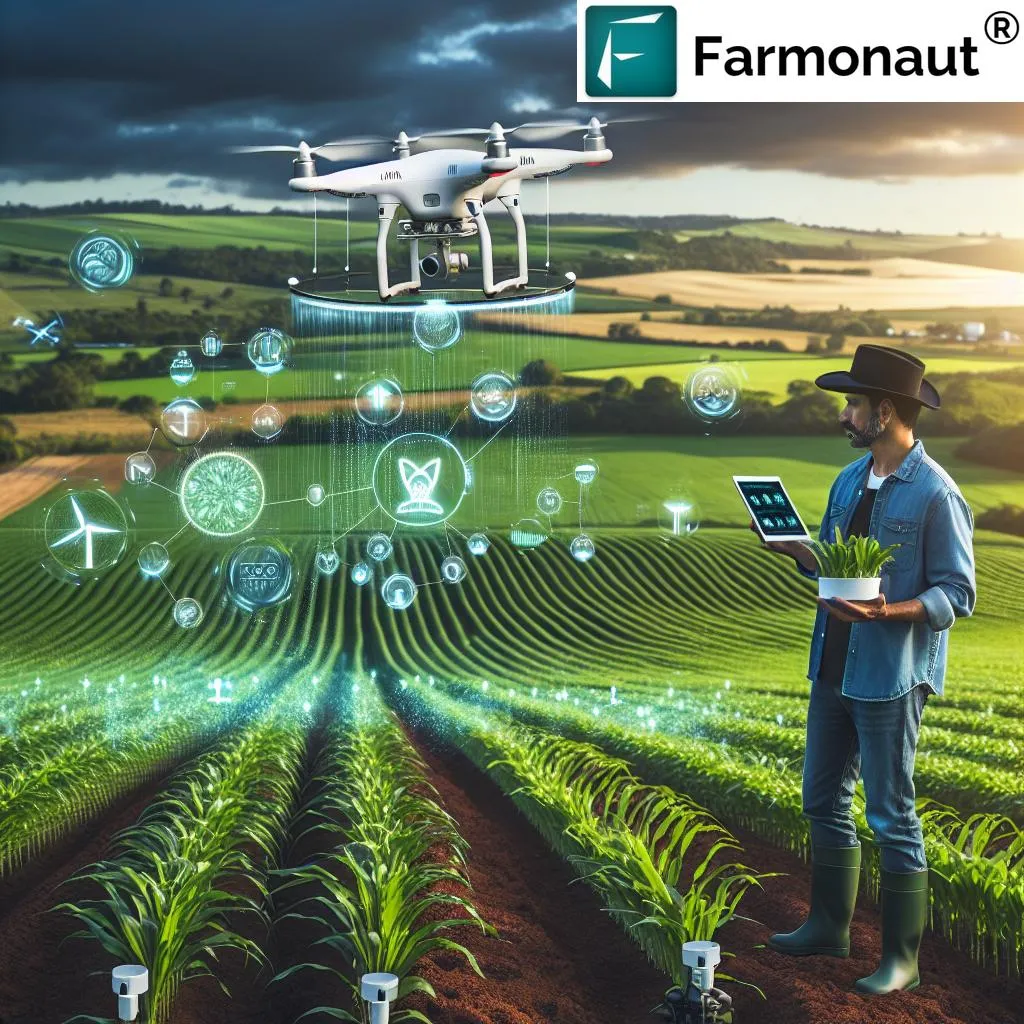In the rapidly evolving landscape of agriculture, digital technologies are not just transforming how crops are grown but also how farmers live and work. A recent study published in the journal *Bio-based and Applied Economics* (translated to English as “Applied and Bio-based Economics”) sheds light on the often-overlooked social impacts of these innovations. Led by Andrea Bianchi from the Politecnico di Milano, the research introduces a novel framework to assess the social sustainability of Digital Agriculture Technology Solutions (DATSs), offering insights that could reshape the future of farming.
The study, which surveyed 60 farmers across 20 European countries, reveals that DATSs are not just about boosting productivity or reducing environmental footprints. They are also catalysts for social change, influencing labour dynamics, education, and generational transitions in agriculture. Bianchi and his team developed a Social Sustainability Assessment Framework, which was then transformed into a practical Social Self-Evaluation Tool—a questionnaire that farmers could use to reflect on the social impacts of the technologies they adopt.
“Most discussions around digital agriculture focus on economic gains or environmental benefits,” Bianchi explains. “But our research shows that these technologies are also reshaping the social fabric of farming communities. They are creating new opportunities for learning, improving working conditions, and even bridging the generational gap in agriculture.”
The findings highlight how DATSs can make farming more attractive to younger generations, a critical factor given the aging farmer population in many regions. By automating labor-intensive tasks and providing real-time data, these technologies can reduce physical strain and improve decision-making, making the profession more appealing to tech-savvy young farmers. Moreover, the study underscores the importance of integrating social analysis into the evaluation of digital technologies, ensuring that their adoption benefits not just the bottom line but also the people who depend on them.
For the energy sector, which is increasingly intertwined with agriculture—think renewable energy integration, smart grids, and bioenergy—the implications are significant. As farms become more digital, they could also become more energy-efficient, adopting technologies that optimize resource use and reduce waste. This could lead to a more sustainable and resilient agricultural sector, one that aligns with broader energy and environmental goals.
The research by Bianchi and his team is a call to action for policymakers, technologists, and farmers alike. It emphasizes the need for a holistic approach to digital agriculture, one that considers not just the economic and environmental dimensions but also the social ones. As Bianchi puts it, “Technology is only as good as the impact it has on people’s lives. By understanding and addressing the social dimensions of DATSs, we can ensure that the future of farming is not just more productive but also more equitable and sustainable.”
This study could shape future developments in the field by encouraging stakeholders to prioritize social sustainability alongside economic and environmental goals. It serves as a reminder that the true measure of technological progress lies not just in innovation but in its ability to improve lives.

